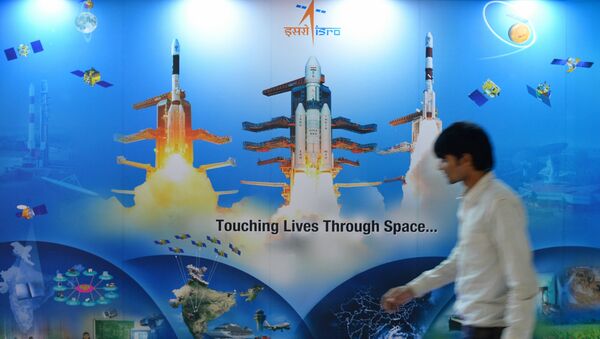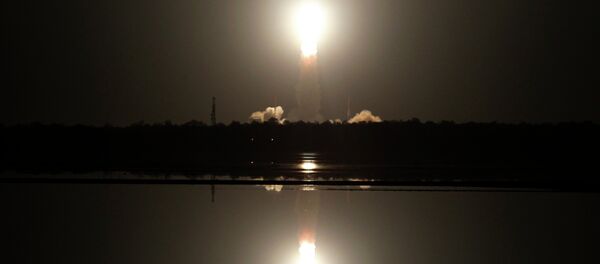"Our plan is to use GSLV Mk III (Geosynchronous Satellite Launch Vehicle-Mark III) for our future satellite launches. We have started having electric propulsion for our satellites, which will reduce their weight," ISRO chairman AS Kiran Kumar said after the successful launch of India's heaviest satellite from domestic launch system GSLV MK III — designed and realized by ISRO engineers. The rocket does not have any foreign or borrowed technology.
Till today, we had the capability to launch 2.2 ton satellites and in GSLV-MKIII D1 launch, we have successfully used electric propulsion system, he added.
"Electric propulsion is a cost effective way to send large satellites into space. Though electric propulsion system sends satellites into space at low speed, it can send satellite at large distance using minimum propellants. As ISRO has planned interplanetary mission, it will be very useful," MN Vahiya, scientist at the Tata Institute of Fundamental Research, said.
ISRO has two interplanetary missions ‘Aditya' for the sun and ‘Chandrayaan II' for the moon. "The launch of Chandrayaan II will be in the first quarter of next year and with regard to Aditya, we are planning to launch it sometime in 2018-19," Kumar said.
"Every space agency in the world is trying to gain expertise in this technology but nobody can claim to have mastery in this field. We have knowledge of the technology and are working on relentlessly on how to control it. If and when we command the technology, ISRO will be able to plan more missions at a very low cost," Vahiya said.




